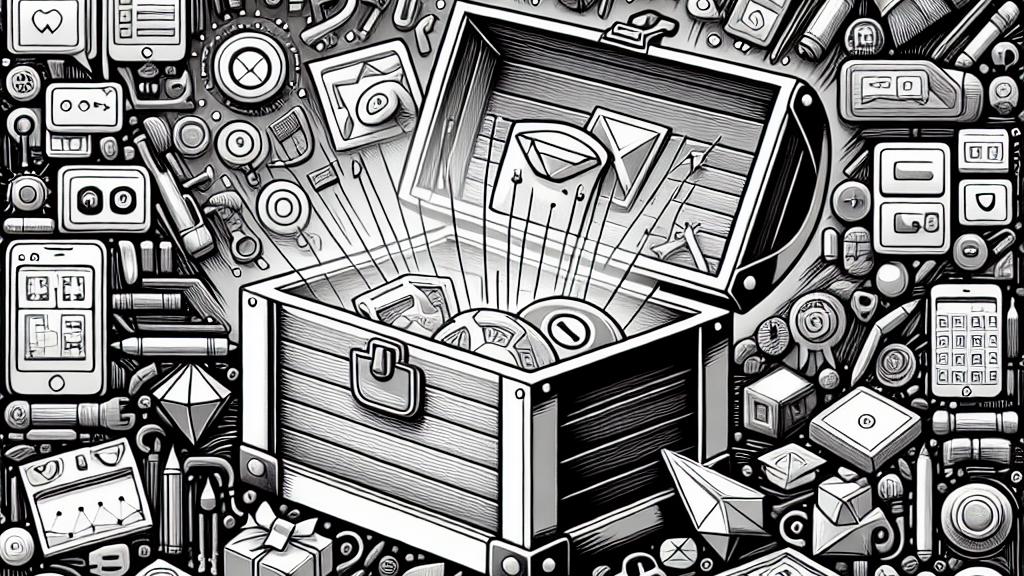Exploring Easy Setup for Figma UI Libraries
Overview
- Discover how to structure Figma UI component libraries for improved design efficiency.
- Learn actionable strategies that can streamline your design system and enhance collaboration.
- Understand the crucial role of consistent naming conventions and thoughtful categorization.

Introduction to Figma UI Libraries
Figma has emerged as a go-to tool for designers around the globe. It goes beyond being just a functional interface; it’s a dynamic platform that allows users to build and manage comprehensive component libraries. So, what is a UI library in Figma? Picture it as a treasure chest—filled with reusable design elements like buttons, cards, and icons ready for your creative projects. In this exciting exploration, we’ll walk through the essential steps to set up an effective Figma UI component library, and by the end, you’ll be equipped with tools to elevate your design workflow significantly. Are you ready to reshape your design process?
The Benefits of Structure
Imagine your Figma UI library as your digital workspace—each tool in its place, readily accessible when you need it. By dedicating a single page to each component, you create a system that is not only organized but also intuitive. For example, let’s consider a library of buttons. If you categorize them into separate pages labeled 'Primary Buttons,' 'Secondary Buttons,' and 'Alert Buttons,' anyone in your team can swiftly locate what they need without wasting time rummaging through an overflowing selection. This method doesn’t just enhance productivity; it fosters a collaborative spirit, allowing team members to seamlessly share and utilize design elements that enhance creativity and lead to stunning outcomes.
Naming Conventions Matter
Now, let’s dive into an essential yet often overlooked aspect: naming conventions. Why are they important, you ask? Well, there’s nothing worse than the frustration of not finding the ‘confirm’ button because it’s labeled in a language that’s not your own. By employing English as the standard for all titles and tags, you facilitate a smooth experience for everyone, regardless of their background. Consistent naming not only eases the browsing process but also instills confidence among team members. When they know precisely where to look for elements like 'Checkboxes' or 'Navigation Bars,' it minimizes confusion, turning potential headaches into smooth sailing. Trust me—this simple step can make all the difference!
When to Use Categories
Now, here’s a thought-provoking question: should you introduce categories for your components? While many modern systems trend toward a flat structure, consider this: categories can provide clarity, acting as road signs in a sprawling library. For instance, if your library features a massive assortment of UI components, such as cards, modals, and input fields, categories enable users to zero in on what they need with ease. However, if your components see frequent updates, skipping categories might just save you from constant rearranging. The best approach? Engage your team in discussions about how dynamic your library is and adapt your structure based on collective feedback. Finding that balance is key to maximizing productivity!
Conclusion and Future Directions
In conclusion, designing a user-friendly Figma UI library is about more than just aesthetics—it's about creating an environment where your team can thrive creatively. By implementing a structured approach to page organization, establishing clear naming conventions, and thoughtfully considering categorization, you can empower your team to produce stunning user interfaces with confidence. As design tools like Figma continue to transform, keeping an eye on the latest trends and being willing to adapt will ensure that your team remains at the forefront of innovation. With these strategies in place, you’re not just ready to tackle today’s design challenges—you’re poised to conquer tomorrow’s!

Loading...